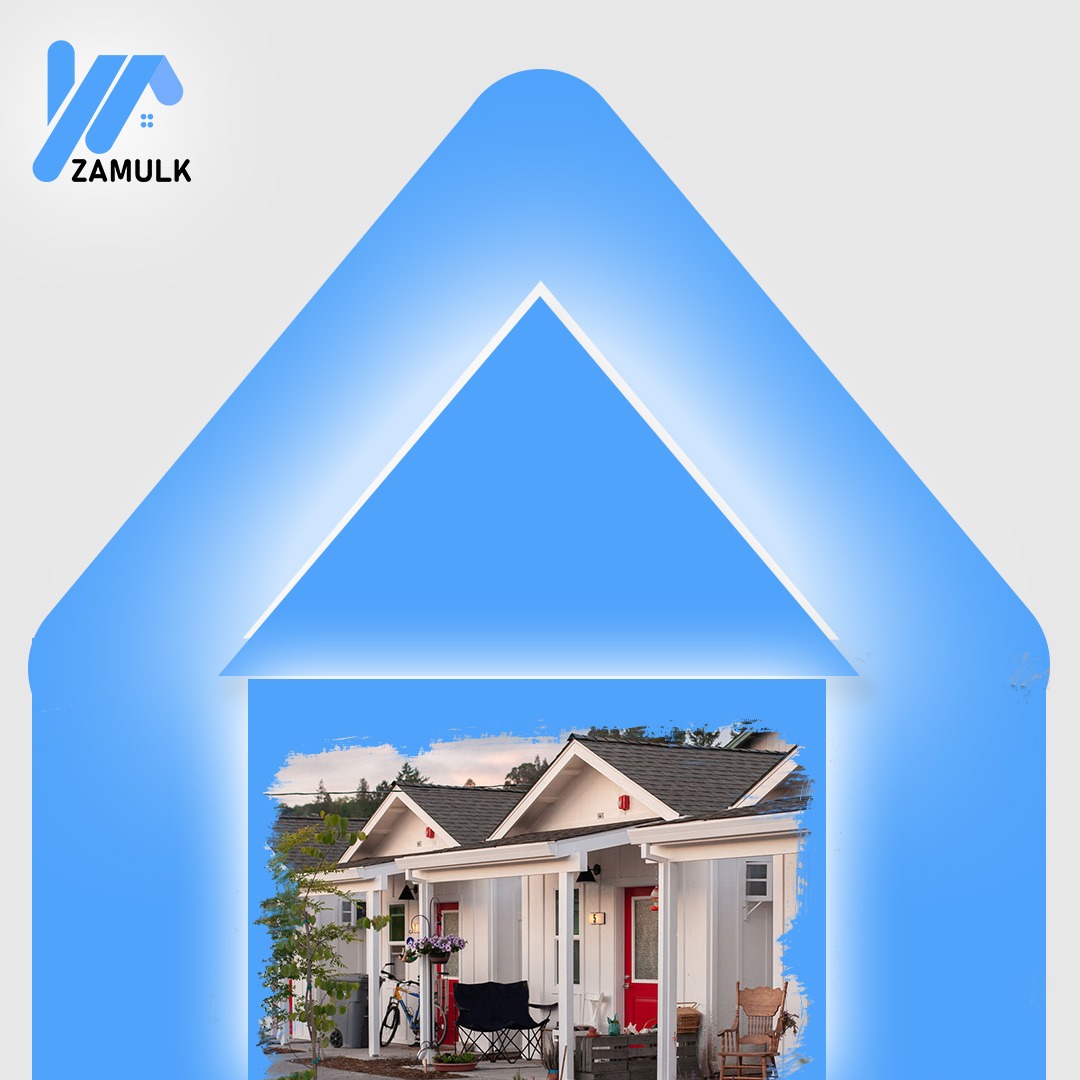The Increasing Trend of Microhomes in the World

Financial, societal, and environmental issues chain together to produce the backdrop of the customary housing market. Buyers that need a nice place to live, in a good area, close to full-bodied infrastructure will typically be held to a certain price standard.
This rationale is based on the traditional consumer habit of upsizing. In the past, people have generally considered bigger as better when it comes to searching for new housing. This will lead to ever-increasing accommodations costs.
As the number of consumers is decreasing, there is another option: downsizing. Not only are small spaces much low-cost to build, buy or rent, they also tend to have lower maintenance costs and utility bills. Moreover, the evolving futuristic generation has ingrained certain environmental responsibilities – making small footprints appealing given their minimal impact.
The small houses or micro homes movement is pervasive in contemporary culture as well.
Social Drivers
Family values have slowly shifted across the last fifty years. In the 1960s, many families still lived as a single unit, and this, of course, required large residential properties.
These days, when we think of a family living together, we automatically think of parents plus children. In today’s culture, we no longer live as a multi-generation, single-family unit. This size family typically does not require more than a two-bedroom home.
As the Millennial generation joins the ranks of residential property purchasers, the picture changes yet again. This young, driven generation has far different wants and needs when it comes to housing.
Especially for idealistic on a budget, the proximity to a city’s cultural hubs makes the sacrifice of space worthwhile.
Environmental Drivers
The negative effects, our consumption of natural resources such as fossil fuels and water, upon the environment continues to be a popular conversation. Many consumers and manufactures alike have made a committed choice to minimize their environmental footprint. Small space living has the potential to assist with these efforts.
Building large residential properties, due simply to the high volume of living space. Converting existing properties to be compliant is virtually impossible.
Small home and housing units, however, lend themselves very well to being built to conform to stringent energy standards for two main reasons:
Lower interior volume – heating and cooling of small living spaces takes much less energy.
Small exterior footprint – the structure is physically smaller so it can be built using alternative materials that are more efficient insulators, or provide some other performance benefit over traditional construction materials.
The small physical size of these homes means that fewer raw materials are used in their construction. Likewise, waste production is also minimized.
In addition to the benefits gained from a downsized property, appliances that work well for small space dwellers tend to make the best use of space and are more efficient.
What this means for the small spaces market, is that those people who can afford to pay 33% of their monthly income to purchase their own home in their chosen location mostly already have. The traditional property market remains fluctuating despite positive indicators of recovery.
From these two statistics, we can conclude that 52% of people cannot afford to spend 33% of their income on housing. These people have only two choices if they want to begin living above their means. They can move to a cheaper and possibly less desirable location, or they can downsize their home size.
What are the Benefits of Small Space Living?
Economic Freedom
Research from the NAHB has shown that many homeowners would pay a $6,000 higher price to purchase their homes if the property itself could lower utility costs by $1,000 a year. Downsizing property size can contribute to lower utility costs.
Alongside these primary cost drivers, we also have many tertiary costs that could potentially be reduced by choosing to move into a small living space. For example, for people who commute each day, moving to a smaller space, closer to their workplace could deliver considerable savings. With smaller square footage, monthly payments will obviously be lower as well.
Lifestyle Improvements:
Plenty of exterior view – lots of large windows, so the eye tracks to the horizon instead of the wall.
Open design – more focus on creating a large open multi-use living space than one that is compartmentalized into rooms.
Declutter – Keep as much of the space free of superfluous furniture or appliances.
High ceilings – Giving the perception of greater space.
Micro appliances – switch out large appliances such as full-size ovens and dishwashers for smaller units.
Outside area – Even a small deck or balcony can help give the allusion of more space
The brands that have perhaps the largest opportunity to profit from the trend of the small space are the storage solution brands. Smart, functional storage is a must-have feature in order to keep a space free of clutter and chaos.
As our population continues to age, it's imperative manufacturers cater their products to what the next generation of property owners will demand. First-time homeowners in the mid-2000s aren’t concerned with square feet, they care more about the footprint. Even more critical is how manufacturers adapt their marketing models to ensure they remain part of the conversation where this new market segment consumes. That’s where the expertise of our agency can play an integral role.
Business cards
our sponsors


